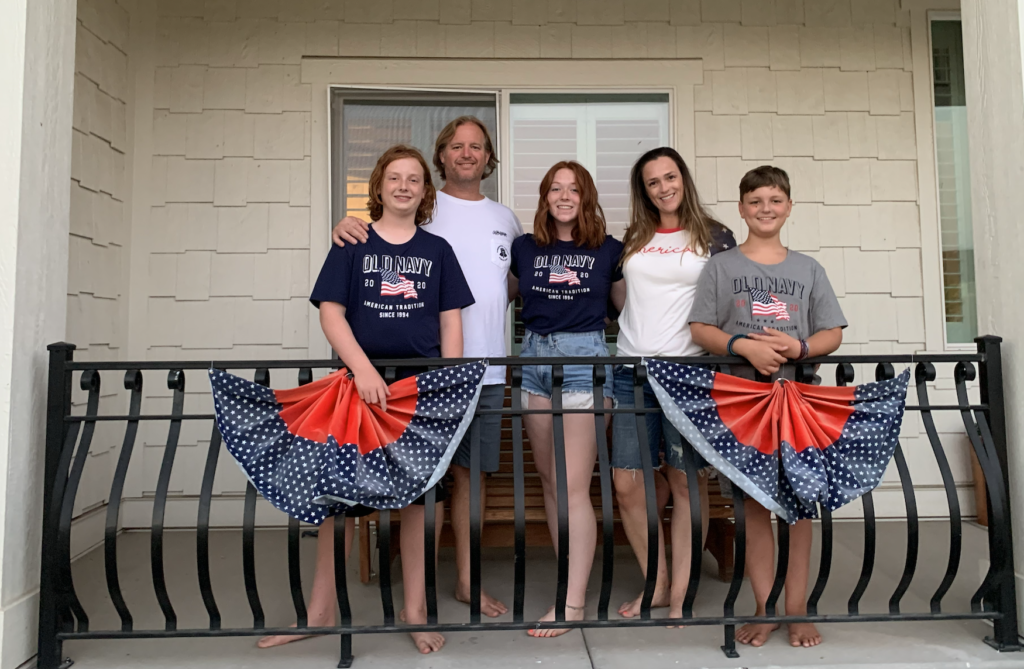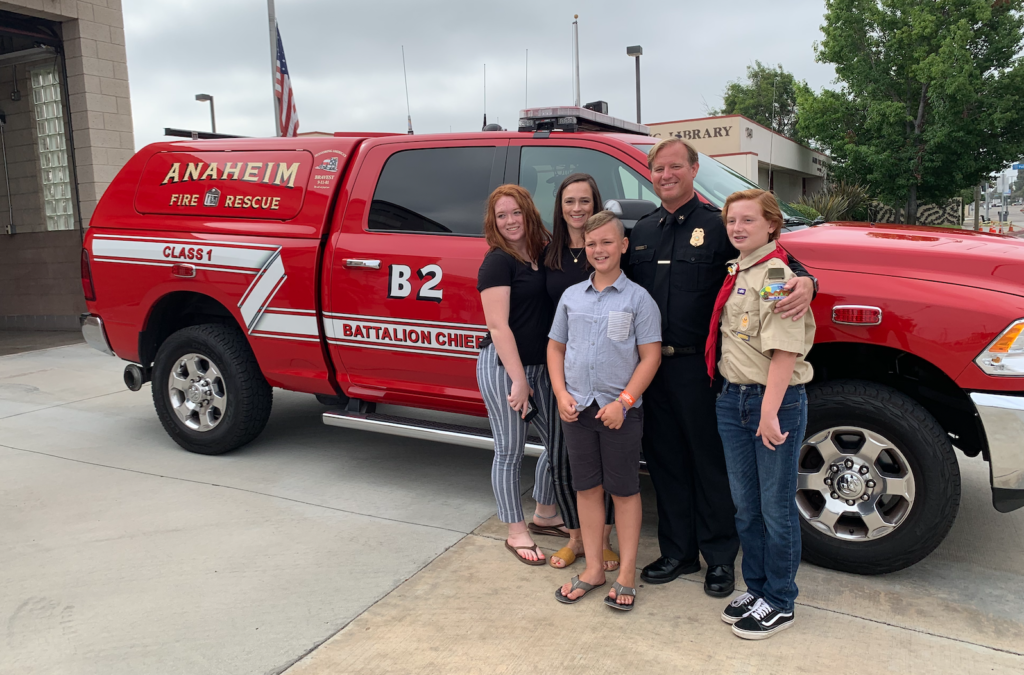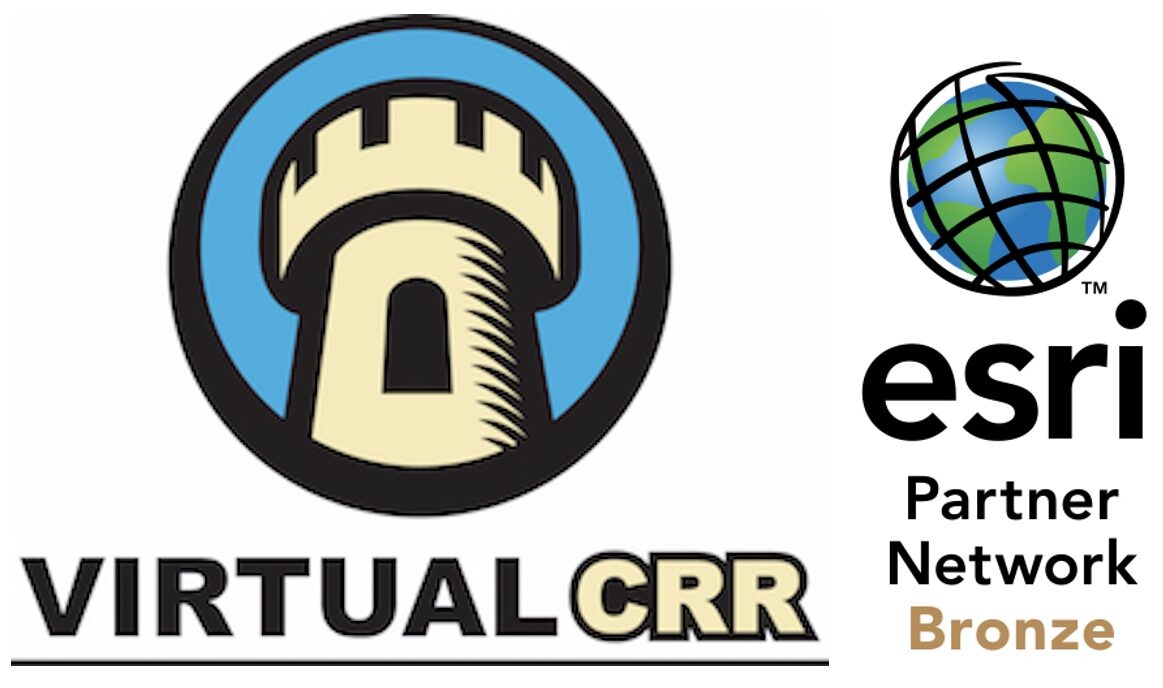Who is a Community Risk Reduction Professional?
It’s a simple question on the surface, but have we really thought about it? One answer is, “Those in Fire Prevention.” Another would be, “Those in the CRR Division.” An even better answer would be, “Everyone that works for the Fire Department.” I like that last answer much better, but in actuality it needs to be much bigger than that. Bear with me for an example. I promise it is relevant.
A Personal CRR Example
My family and I are actually really good examples right now of what I’m talking about. Yes, I’m a fire professional and have been doing this for almost 25 years. Our families have been in Southern California for generations. Next month, we will be moving into a new house. A choice we thought we would be making after I retired, but was moved up due to the circumstances we found ourselves in. This house and the area we will live will be very different from what we are used to.

As a family, we’ve decided to move to Orem, Utah. Our new house has a basement. We’ve never had a basement before. It has also got a second story. My kids have only lived in a single story house. It snows at our new house. We’ve never lived in the snow. It gets cold enough for pipes to freeze, ice to build up on the walkways and streets, icicles on the house, etc. We’ve never experienced any of this. I can guess at the risks in our new area, but I really don’t know them all. So, I reached out to the CRR professionals. Oh, there’s one more thing, It’s also over 600 miles away from the fire department I work for. This is a very big personal risk!
Who Were My CRR Professionals?
Well, if you’ve read many of my other articles, you will know that I feel there are many CRR professionals and not all of them are in the Fire Service. I’ve said it before, but it needs to be said again. “We Can’t Be Everything to Everyone!” So who did I reach out to? My new local Fire Marshal was one of them. I’d never met him before, but we were connections on LinkedIn. I asked him about the house we were looking to put an offer on. He immediately looked it up and gave me his impressions. I asked him about the area, snow, driving, etc. and he was very helpful.
He wasn’t the only CRR professional I spoke with though. I chose a realtor with local knowledge, who also knew others I could ask questions of. She made sure we were getting the best home for our hard earned money. I chose a very knowledgeable, and most important patient, Home Inspector. I met with him and picked his brain on everything I could think of. I’ve got a good background in construction, but there is a lot of new territory for me. Basements, drainage (water actually falls from the sky there, not just the lawn sprinklers like in Southern California), Radon Gas, future build outs, is everything to code, etc.
The next group I talked to were very important. It was the group that walked the walk and talked the talk. My prospective neighbors. I wanted to know about who lived here, what the neighborhood was like, the schools, grocery stores, utilities, politics. I wanted to know what life was like and the type of people we would be around and making friends with for our family. How much snow do they get? How quickly are the roads plowed? Are there any kids in the neighborhood the same age as ours? We also have the advantage of having other family members nearby to rely on.
I have a few friends who commute log distance just as I will be doing. Of course this was a group I needed to talk to. What airlines, airports, long term parking, what are their schedules, how does insurance work, and how this lifestyle has been for their families. These were all topics of conversation.
What Does All This Have To Do With CRR?
If we are in the fire service, we are Community Risk Reduction professionals. Hopefully, that goes without saying. The thing is, we don’t know everything and “we can’t be everything to everyone.” There are many risks out there and some of them simply don’t fall under our scope of practice. Take my little example above. Most of us will agree, it has very little to do with us in traditional Community Risk Reduction. Still, this is a big risk for my family and one that I needed help with.
Did my local Fire Marshal have a role in helping me to reduce my risks with this move? Absolutely! I greatly appreciate the valuable information he gave me, but he wouldn’t have had a clue about my new neighbors. He’s not one of them. Nor could he have helped me understand my commute. He did warn me that property values had risen dramatically over the past few years, but I wouldn’t have taken his advice on whether this home was a good investment or not. He did answer all of the questions that were within his scope of practice though and offered to assist me with getting any other questions I had answered. A true Community Risk Reduction advocate.
The important thing for us all to realize is that we have many things to offer our community, but they may not be what our community needs at a given moment. We need to have the ability to step back and let others give the good advice when appropriate. This will give us more time to stay in our lane and reduce the risk in our community that does fall within our scope.
 Brent Faulkner MAM, FO is the CEO and Founder of Virtual CRR Inc. He has 24 years of experience in the fire service and is currently a Battalion Chief for a Municipal Fire Department in Southern California. During this time, he has responded to numerous emergency situations including structure fires, wildland fires, hazardous materials responses, emergency medical situations, and numerous types of rescues. In addition, he has served on a Type 1 Hazardous Materials Response Team for 17 years.
Brent Faulkner MAM, FO is the CEO and Founder of Virtual CRR Inc. He has 24 years of experience in the fire service and is currently a Battalion Chief for a Municipal Fire Department in Southern California. During this time, he has responded to numerous emergency situations including structure fires, wildland fires, hazardous materials responses, emergency medical situations, and numerous types of rescues. In addition, he has served on a Type 1 Hazardous Materials Response Team for 17 years.
Brent had a defining moment in his career which, as a result, lead him to create the Virtual CRR program and his passion for Community Risk Reduction. He led a team in Critical Infrastructure Protection (CIP) at a recognized Department of Homeland Security (DHS) Terrorism Fusion Center. This team was responsible for increasing the safety of critical infrastructure as it relates to terrorism, general security, and natural disasters. He has a Master’s Degree in Management (MAM), a Bachelor’s Degree in Occupational Studies (BA), an Associate’s Degree (AS) in Hazardous Materials Response, and another in Fire Science.
